
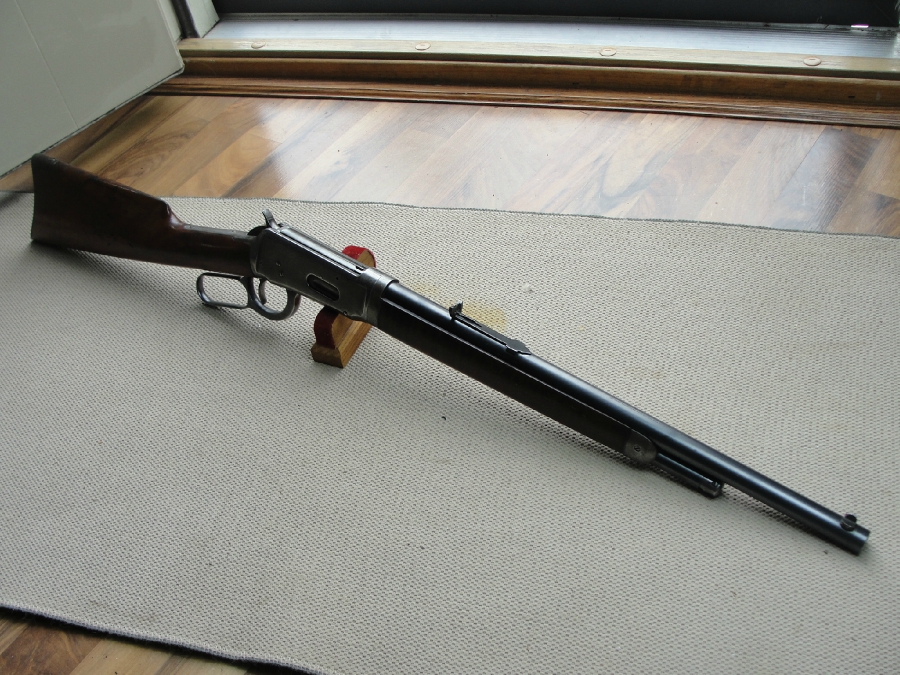
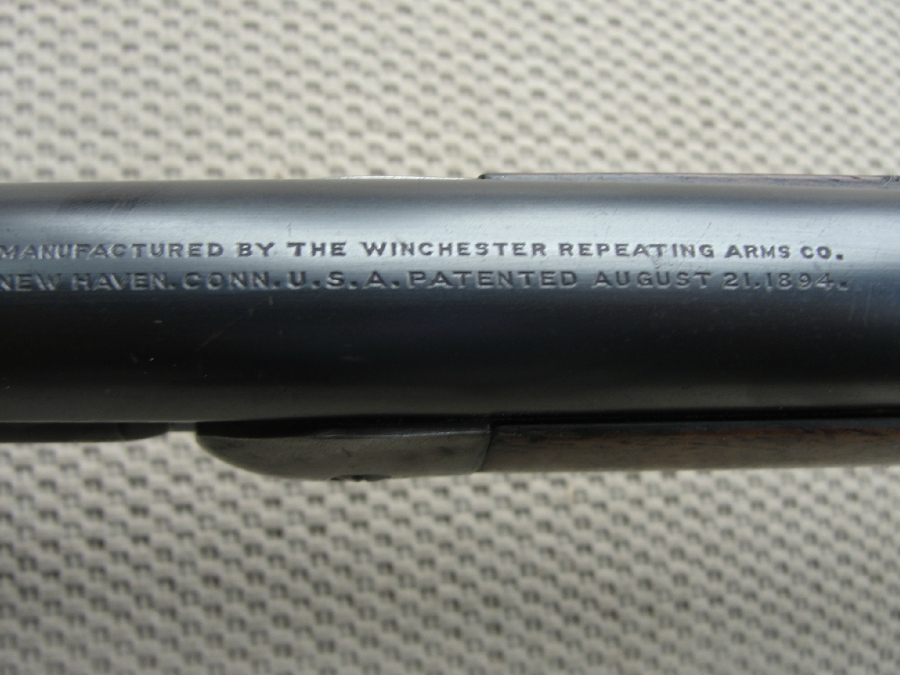
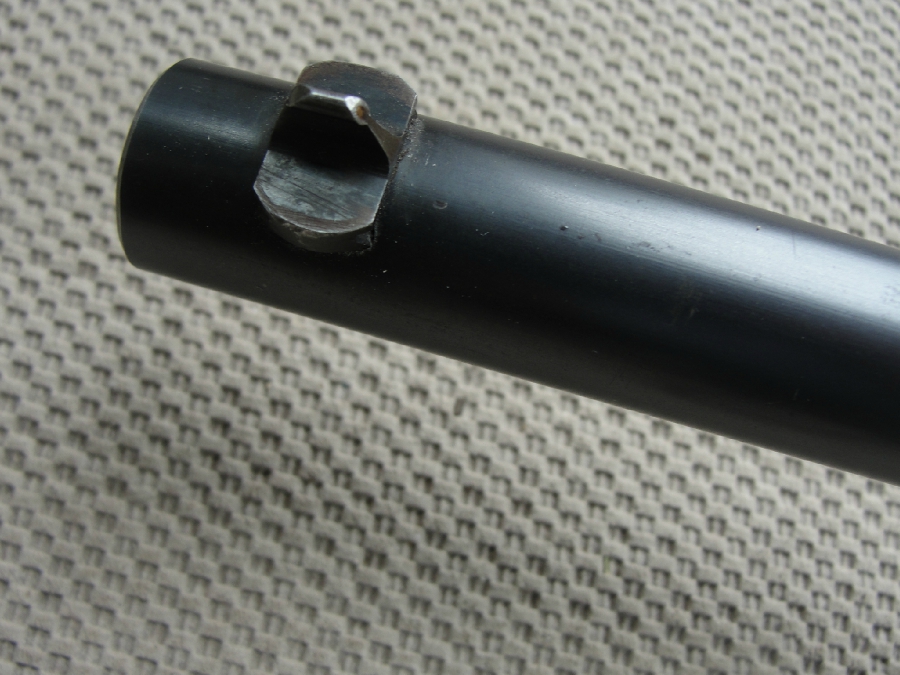
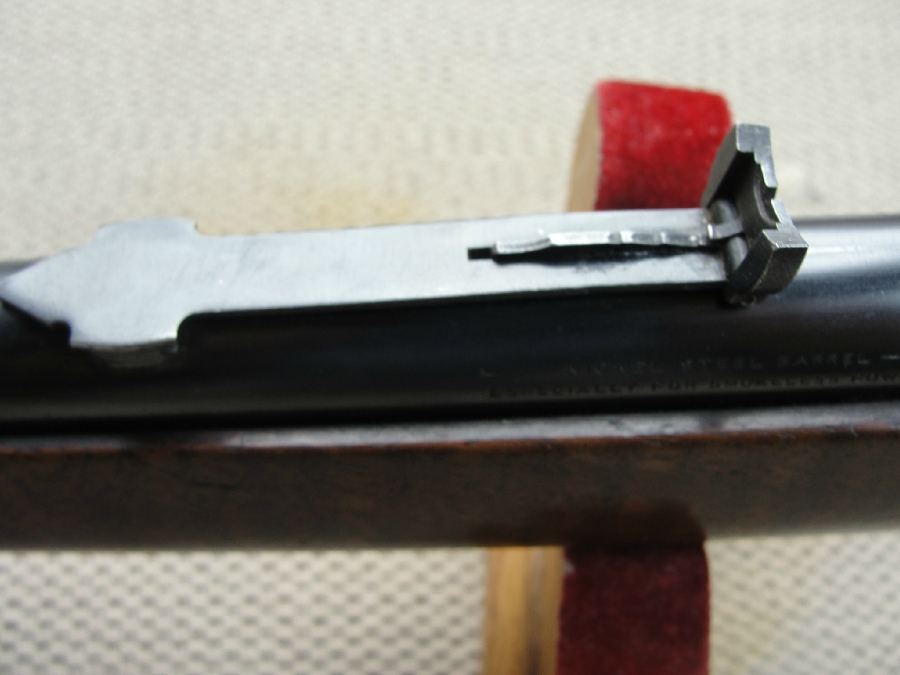
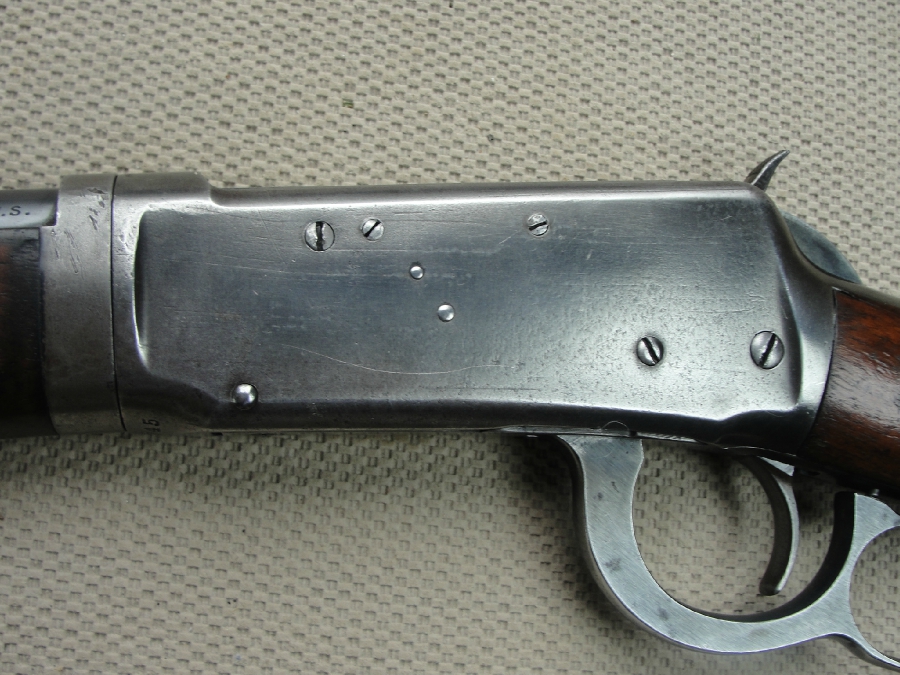
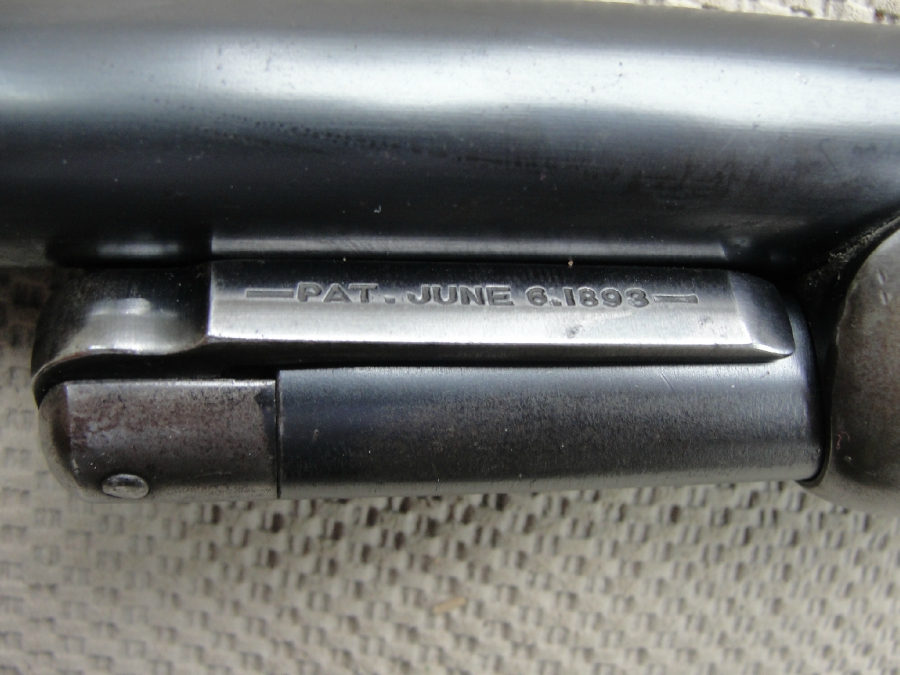
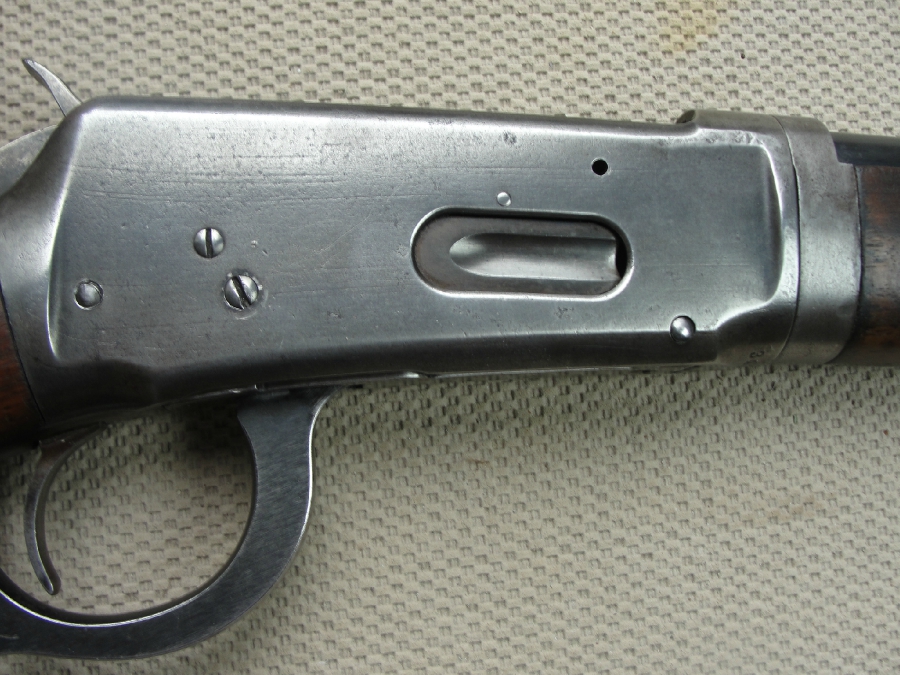
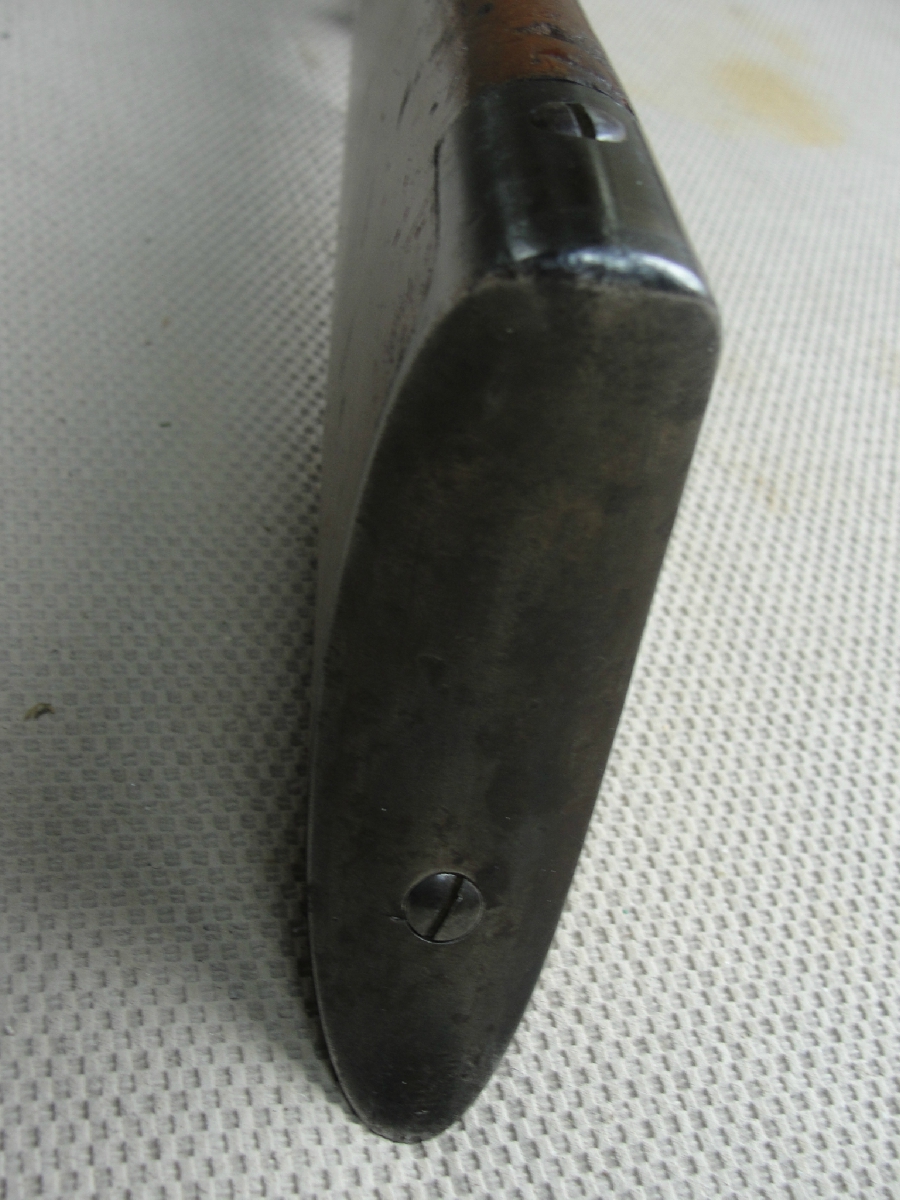









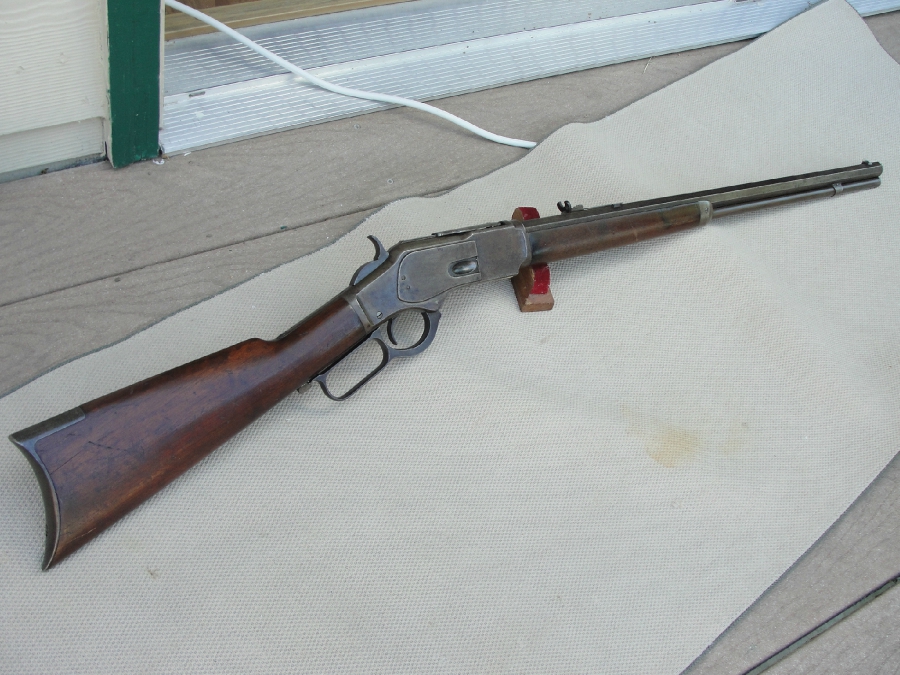
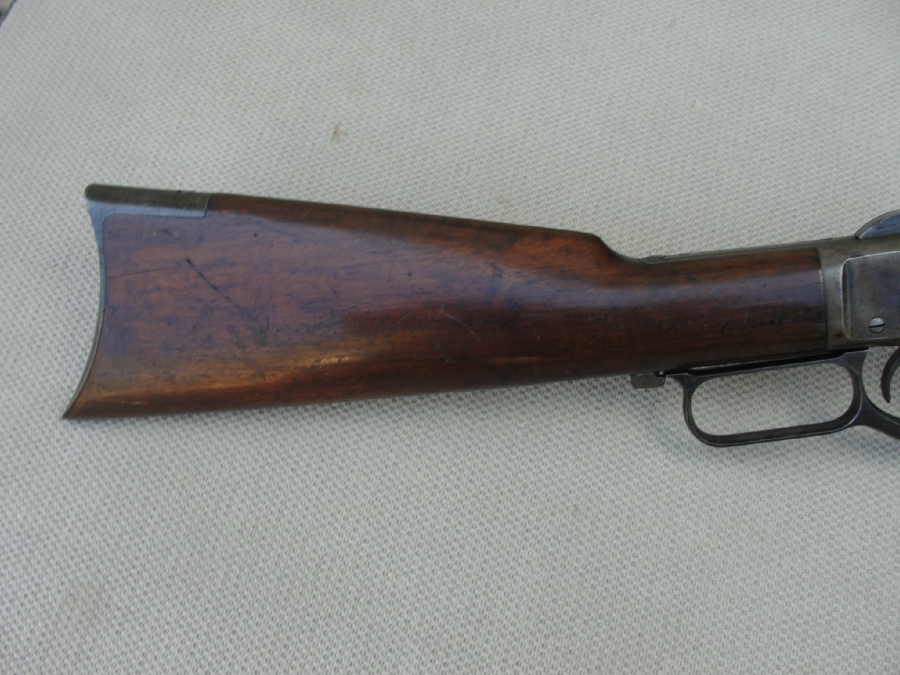
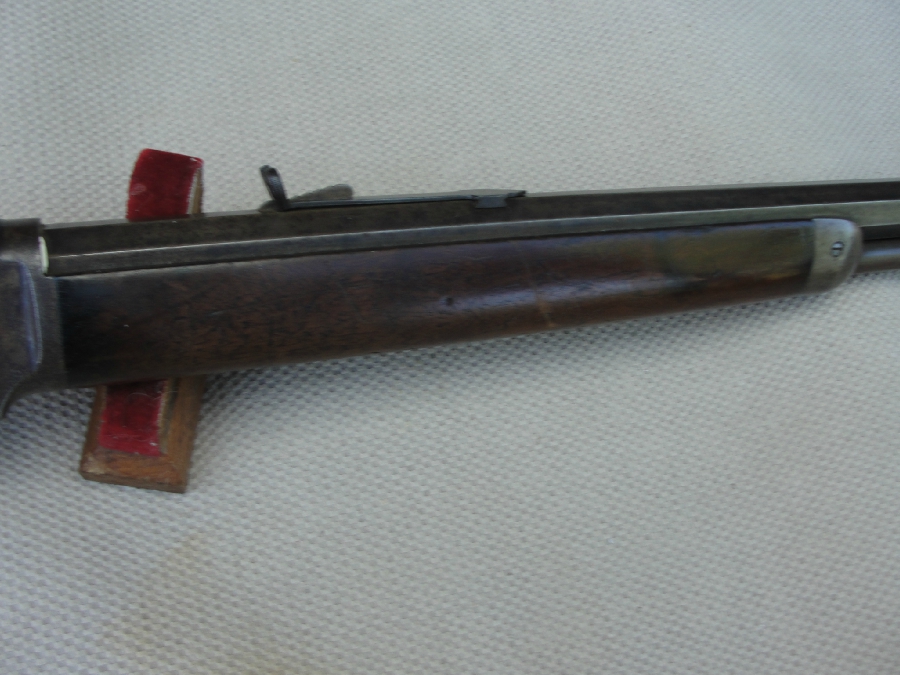
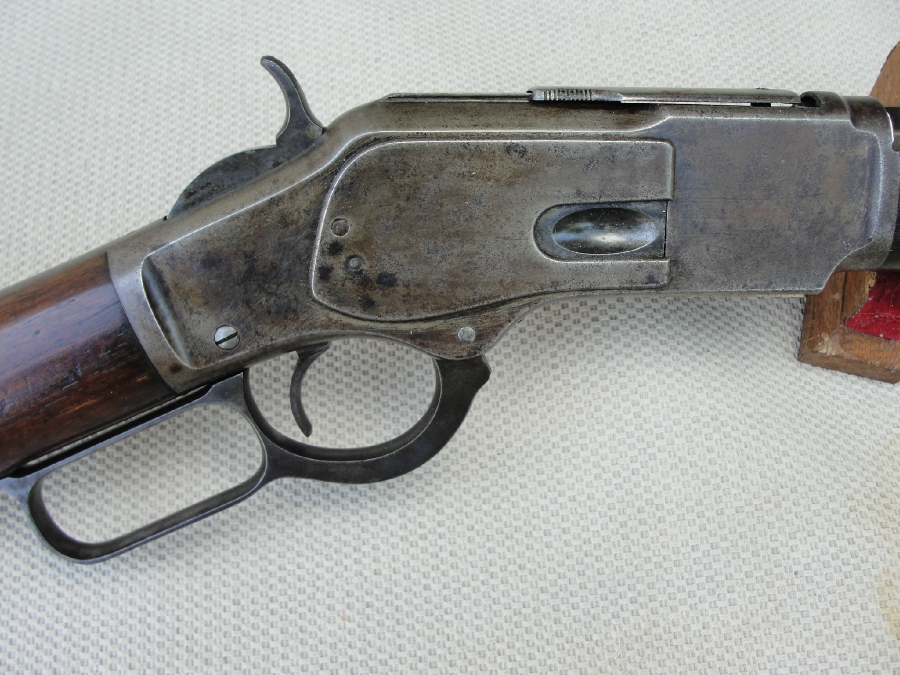
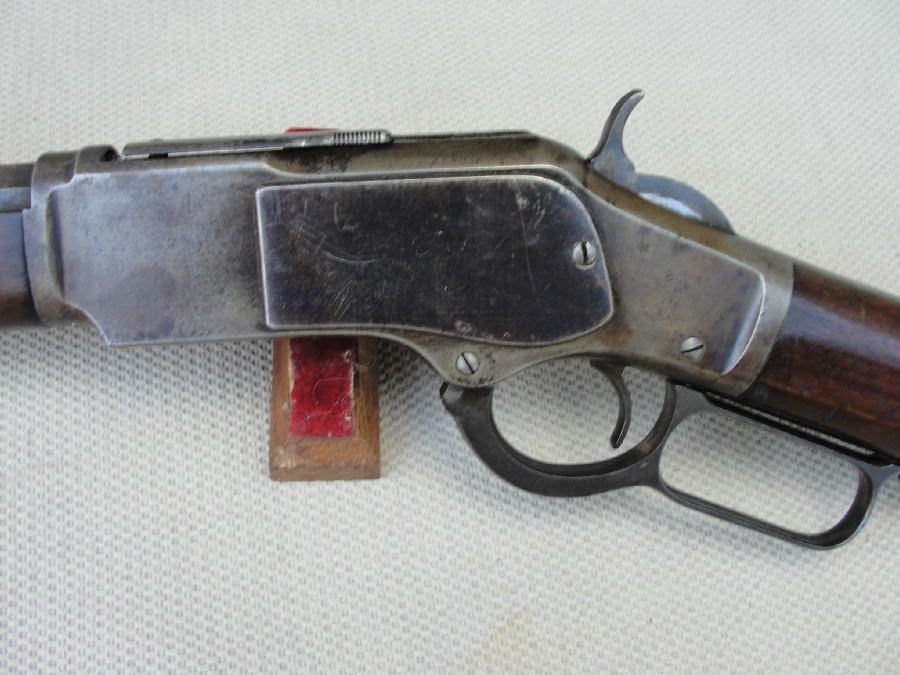

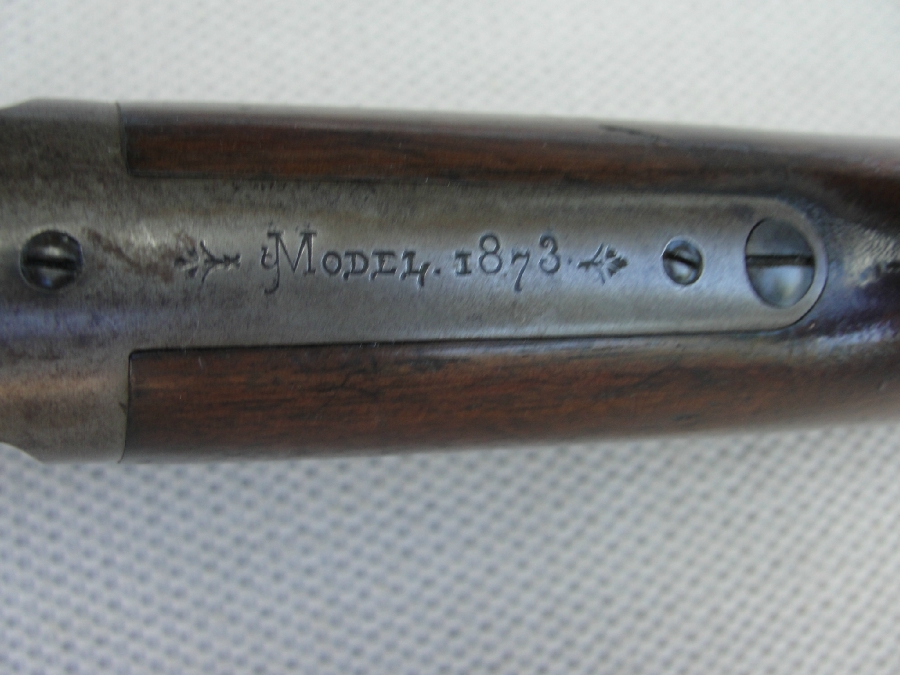
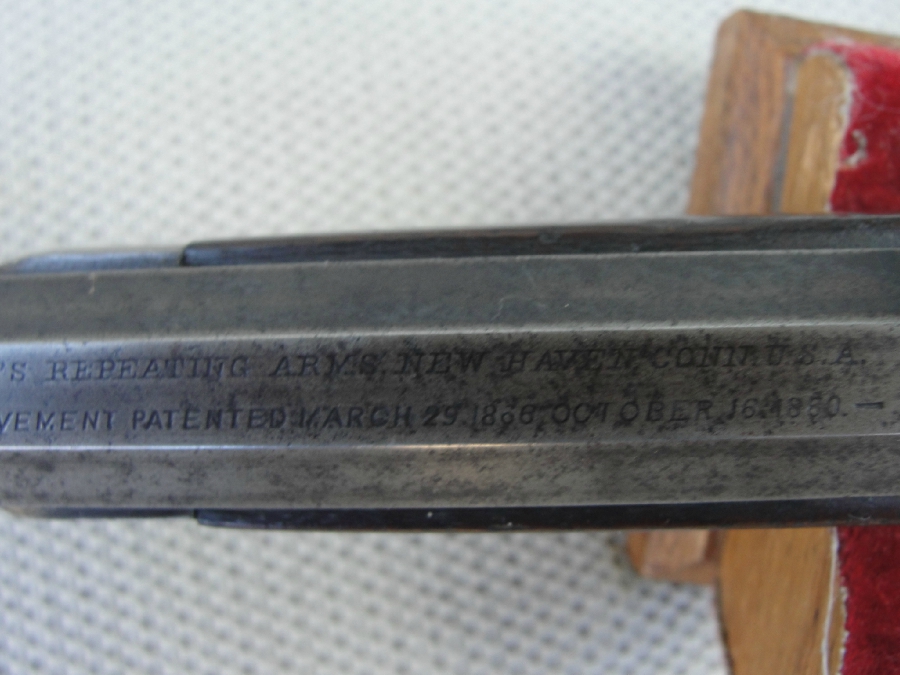
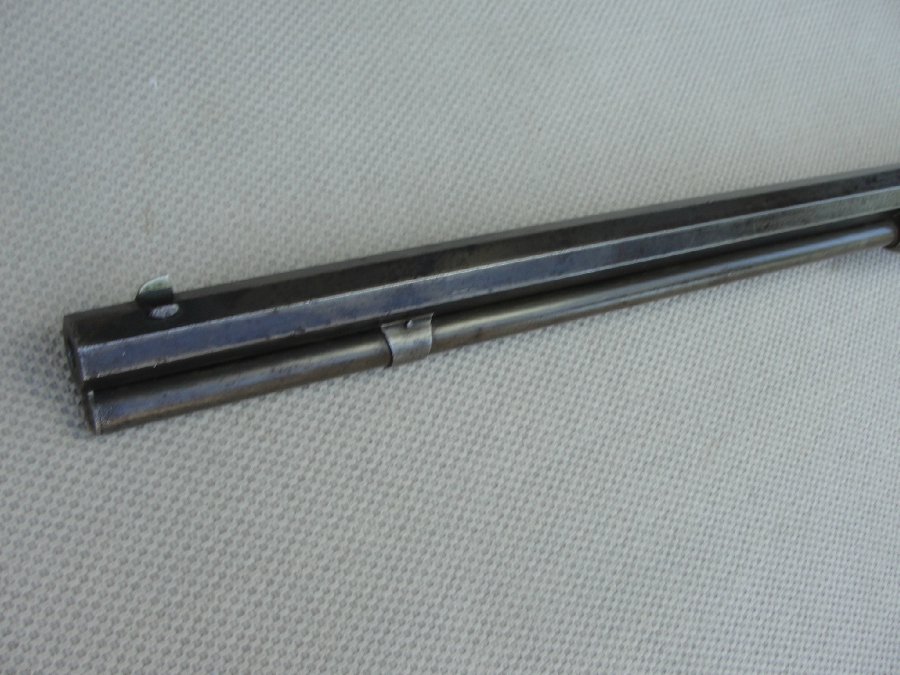
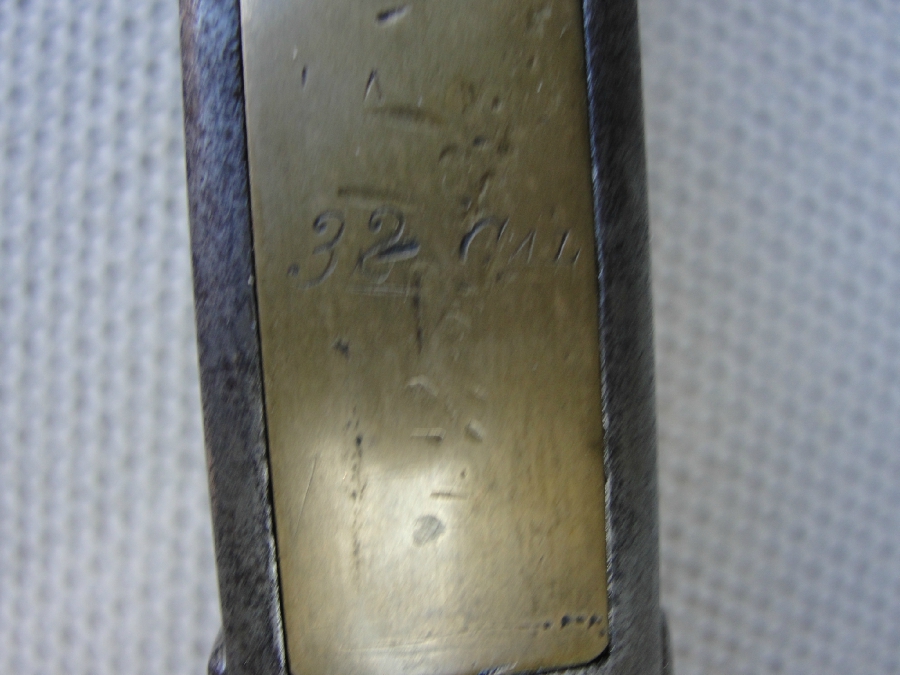
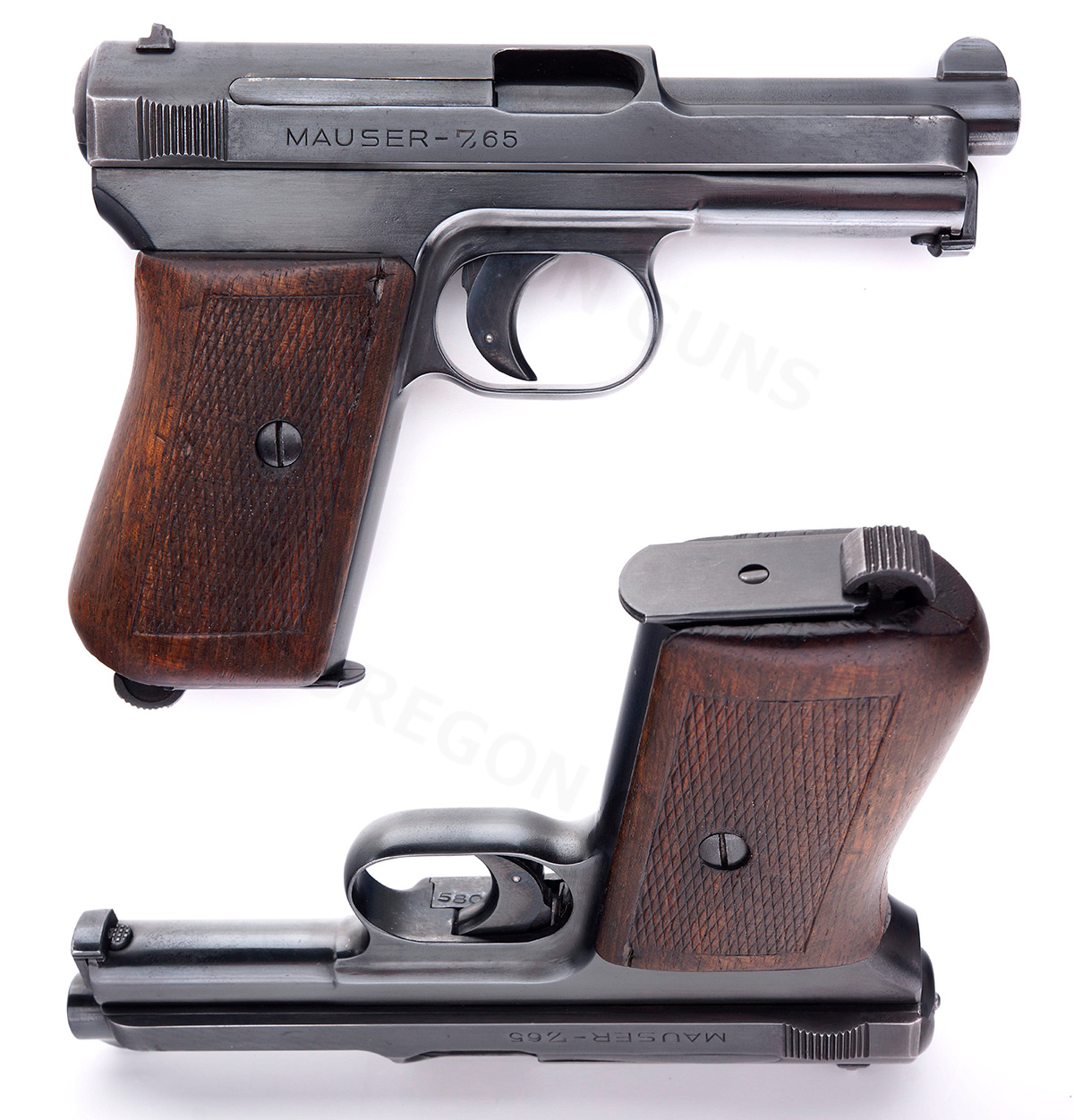
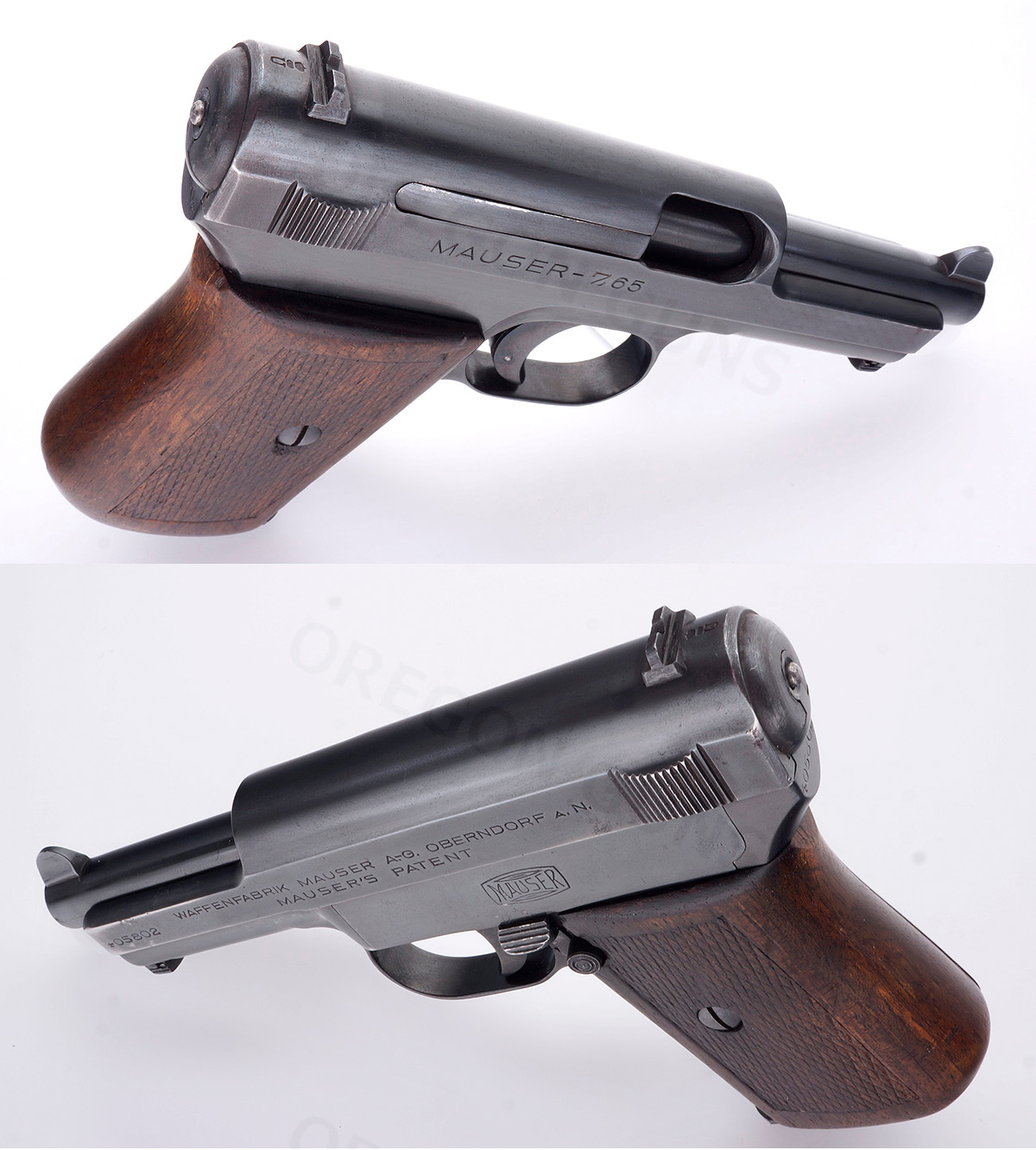


At long last, Springfield Armory has decided to join the 10mm resurgence. This week we got not one new 1911 TRP Operator chambered in 10mm, we got two! This is a great day for the Cult of the 10mm, of which I am a fully fledged disciple.

The wait is over! Pictured on top is the longslide TRP (Tactical Response Pistol) Operator with a 6-inch barrel. Below it is the 5-inch version. Both are chambered in 10mm.
Springfield Armory makes what I think are the best bang for your buck 1911s out there, offering base models from around $650 all the way up to $4,000 custom-shop jobs. Whatever pistol you decide to purchase, base model or competition piece, you know you’re getting your money’s worth. That’s a fact. For years, though, many of us have been clamoring for our friends in the Land of Lincoln to make a production 10mm. Sadly, those cries that fell on deaf ears — until now! Today, we have our new champions!
You may ask, “Why did it take so long?” It has a lot more to do with engineering than marketing. Springfield Armory is a brand that I respect because they don’t bring half-baked ideas to market. They knew that a .45 ACP frame with a different slide would not take the abuse of full power 10mm. That is exactly the problem that reared its ugly head in the ’80s when 10mm was introduced. The 1911 frames of those day were cracking under 20,000 rounds, which is also part of the reason why 10mm fell from grace.
To correct this problem, Springfield Armory needed two things. The first was advances in metallurgy. If you have purchased a gun in the last 10 years, you know how much the game has changed. Not only are modern guns more durable than they have ever been, but you can pull a Minute of Angle rifle off the rack at Walmart with staggering regularity.
The second thing they needed was to enhance the frame to take the punishment. As many of you know, 10mm operates at much higher pressures than .45 ACP. We’re talking a difference between 20,000 PSI in .45 ACP and around 35,000 PSI in 10mm. A tougher frame and slide are necessary to take on those heavy loads. Plus, 10mm has long been the domain of roll your own, and most of us leave the low recoil stuff to the candy asses at the FBI.
The resulting creation is a work of art. Both new 10mm guns are what Springfield calls “Tactical Response Pistol (TRP) Operators” models. Basically, it means they have Picatinny rails on the dust cover. Not only does this add weight to absorb recoil, it also provides thicker steel on the dust cover.
Compared to a .45 ACP TRP Operator, the 10mm is thicker still for further longevity. It is almost boxy and has been widened all the way back to the trigger guard. The slide is also thicker comparatively, which combined with the smaller bore of the barrel, shows the difference between this and other 10mms.
The new TRP 10mm pistols are essentially identical, with a 5- and 6-inch barrel option. Why would they do that? Velocity. All us real 10mm nerds know, it is one of the rounds that gains speed significantly in longer barrels. A 1-inch difference means about 50 feet per second with factory ammo, more if you are building your own.

One of the differences between the two is the barrels. The 5-inch version features a normal barrel with a barrel bushing. While the longslide features a bull barrel, with a bushingless fit.
Since 10mm is a round with many purposes, it makes sense to have both options. The 5-inch model is almost exactly the same footprint of a full size 1911, with slight dimensional thickness differences. Still, this should make it a lot easier to find holsters. It makes for a great duty gun.
The 6-inch model is geared toward handgun hunters, or for use as a backwoods gun. Living where I do in Idaho, the potential of dealing with a bear or a mountain lion is very real. If that day comes, I want all the velocity I can muster. The 6 inch is obviously heavier, and looking at the two overlayed, you can see why. Not only is the dustcover longer, but the Picatinny rail was extended on the 6 inch. The difference in felt recoil is amazing. The 6 inch is tame enough for anyone, the 5 inch recoils noticeably harder.
Springfield Armory has built a couple of 1911s in their day, so it should come as no surprise that the fit and finish is fantastic. Both come with ambidextrous safeties, Springfield’s own crisp Gen 2 Speed Trigger, and Black-T on the frames and slides, which is a self-lubricating and corrosion-resistant finish. Both feature new dirty olive green G10 slabs from VZ Grips. The texture is very aggressive. Exactly what I want in a 10mm, and I also like that they are thicker than normal. Better purchase from more surface area, though any 1911 grip panel will work. The front strap and mainspring housing feature a new scallop style checkering, known as SA’s “Octo-Grip,” which is both pretty and functional. Extended beavertail safety and front/rear cocking serrations are also standard.
The primary difference, aside from the barrel, is the sights. Specifically, the rear sights. Though both are tritium night sights, the rear is use-specific. The 5 inch features a fixed rear, with melted outside edges, and a shelf front for one hand use. The 6 inch features a target-style rear, which is adjustable. The 5 inch features a normal barrel with a barrel bushing. The 6 inch features a bull barrel, with a bushingless fit.
These guns are both beautiful and functional, a must have for the 10mm fan. I got to first shoot them over a month ago, at a release event in Vegas. From round one, I knew I was keeping at least one of these. So what does a proper 10mm Cult member need besides what comes in the box? Glad you asked.
Step one, I like extended magazines for 1911s. I rarely carry a 1911 concealed, and I was leaning toward the 6-inch Joker gun, which would just be silly to stick in your pants.
From my USMC days, I prefer a 10 rounder for a duty gun. The factory magazines flush fit at 8 rounds, but why not have two more? 10mm single stack magazines are tricky, so I did a bunch of research. One brand really seemed to have it dialed in, Tripp Research. Looking at their offerings, they do seem to have very well- built magazines. For 10mm, they offered two lengths, both with a 10-round capacity. They had to do this in order to keep one model competition legal.
ESP Class of IDPA has a box that pistols must fit in, with the magazine inserted. With a 10 round 1911 magazine, this is tight. The tradeoff is that magazine is so short it is more difficult to seat fully loaded than its bigger brother. The difference is about ¼ inch, but it matters. I ordered both, and both ran great. But if you don’t care about ESP, the longer of the two is what I recommend. So far I love these magazines, they were a great addition to the package.
Step 2, What to feed em? Fortunately for me, I know some people. Speer gave me early access to the new Gold Dot 10mm, and it proved to be an excellent option for these guns. This is the original projectile, scaled up for a man’s gun. I could not be happier with how these performed. The 200-grain bullets gave excellent penetration and expansion in freezing cold ballistics gel, going to about 15 inches. Velocity was roughly 1,100 FPS out of the 5 inch, 1,160 FPS out of the 6 inch.
Also on the testing block was Federal Premium Vital Shok, a 180-grain Jacketed Soft Point. This was designed as a hunting round. Personal protection and hunting have different needs, as animals tend to be thicker than humans. The Vital Shok gave an insane 38 inches of penetration. Out of the 5-inch gun, velocity averaged 1,300 FPS, while out of the 6, we got 1,360 FPS. That is some serious energy on target!
For my personal needs, I plan on staggering these rounds in a magazine. A tag team of Gold Dots and Vital Shoks should solve any critter or biped problem I am likely to face.
At a retail price of around $1,800, these 10mm guns are loaded with features, so much that I had to have one. I have elected to buy the 6 inch, though both guns are excellent choices. Sometime in the next 6 months, look for a follow up as I try to burn the barrel out with my secret stash of Centimeter Candy.
Visit Springfield Armory to learn more about these Operators chambered in 10mm.
Shop GunsAmerica to buy your new Springfield 1911 today.

I have been able to fire off a couple of rounds with this sturdy rifle. From which I found that is a well built and fairly accurate rifle for me. considering that they had iron sights.

The only reason why I do not go out and buy one. Is that the ammo is too hard & expensive to shoot. Oh well!
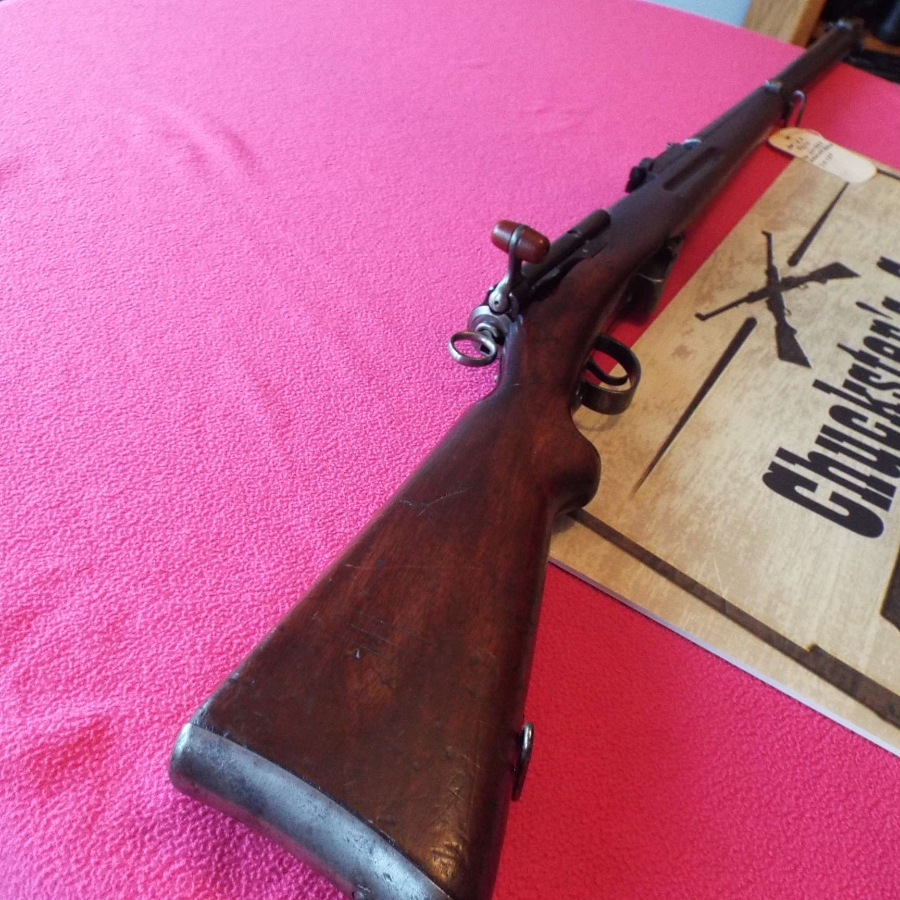
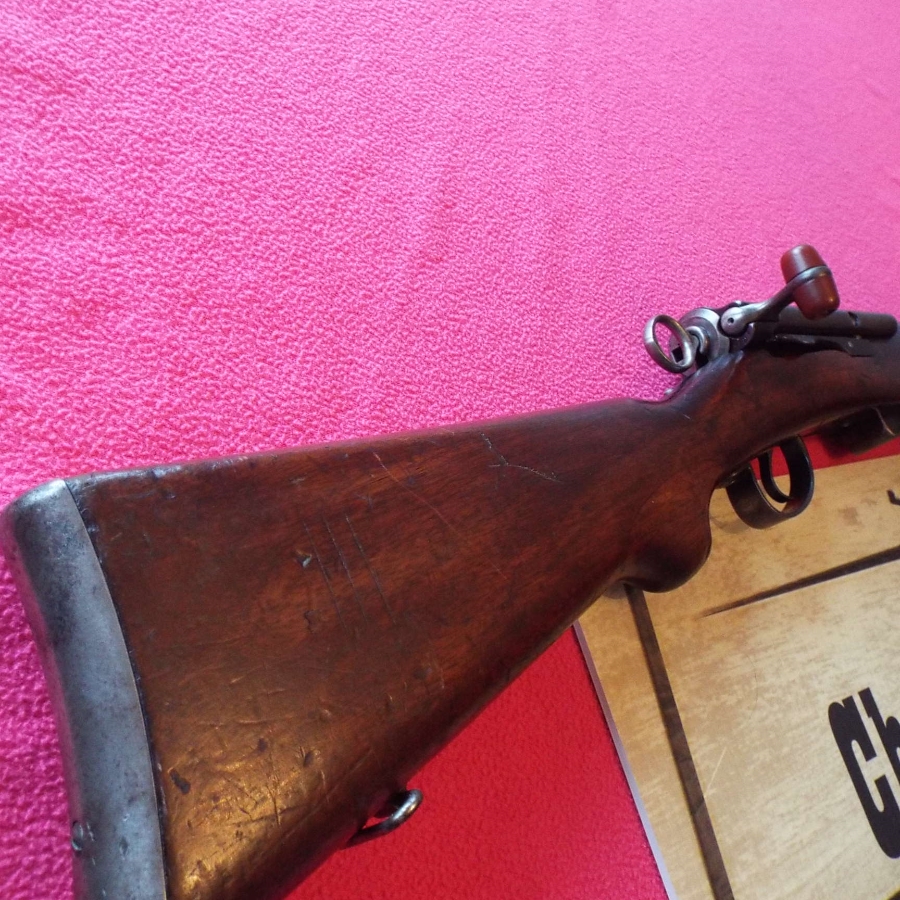

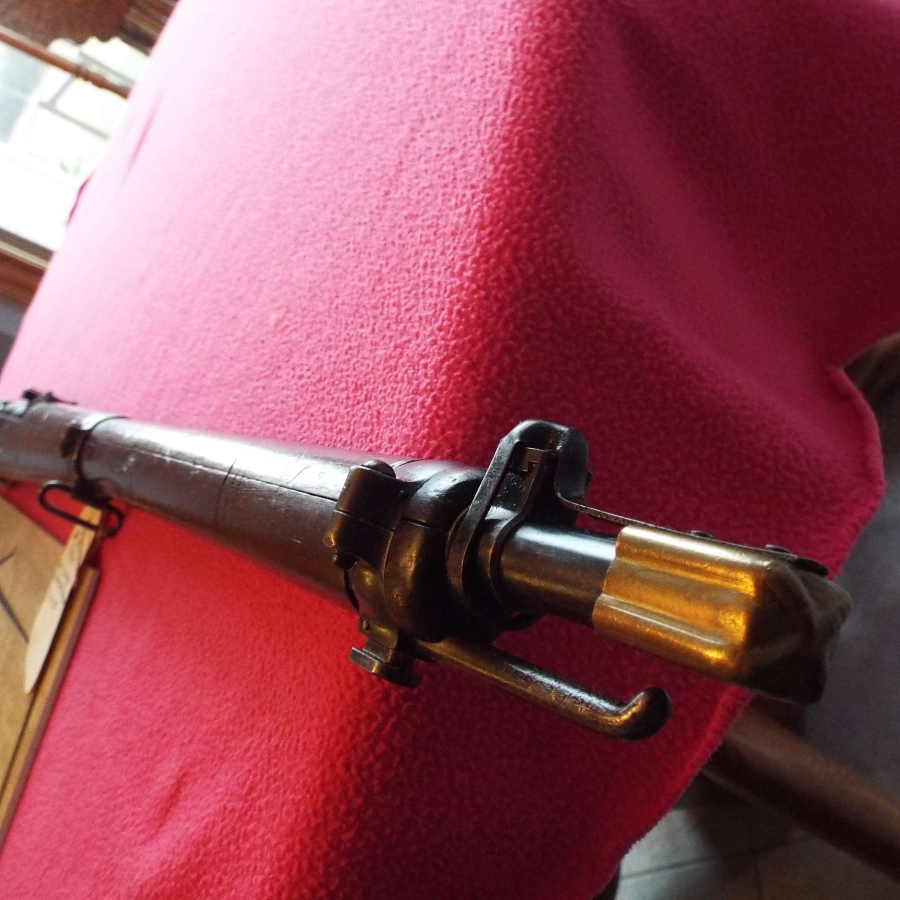
That is a substantial muzzle cap there!

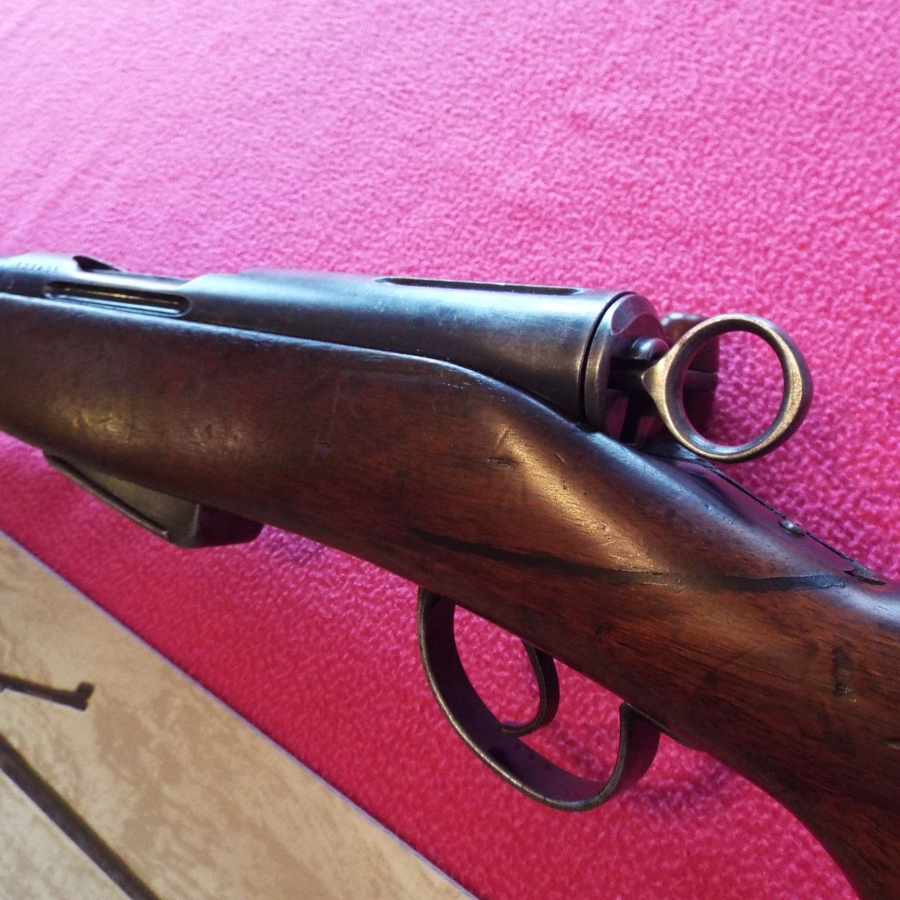

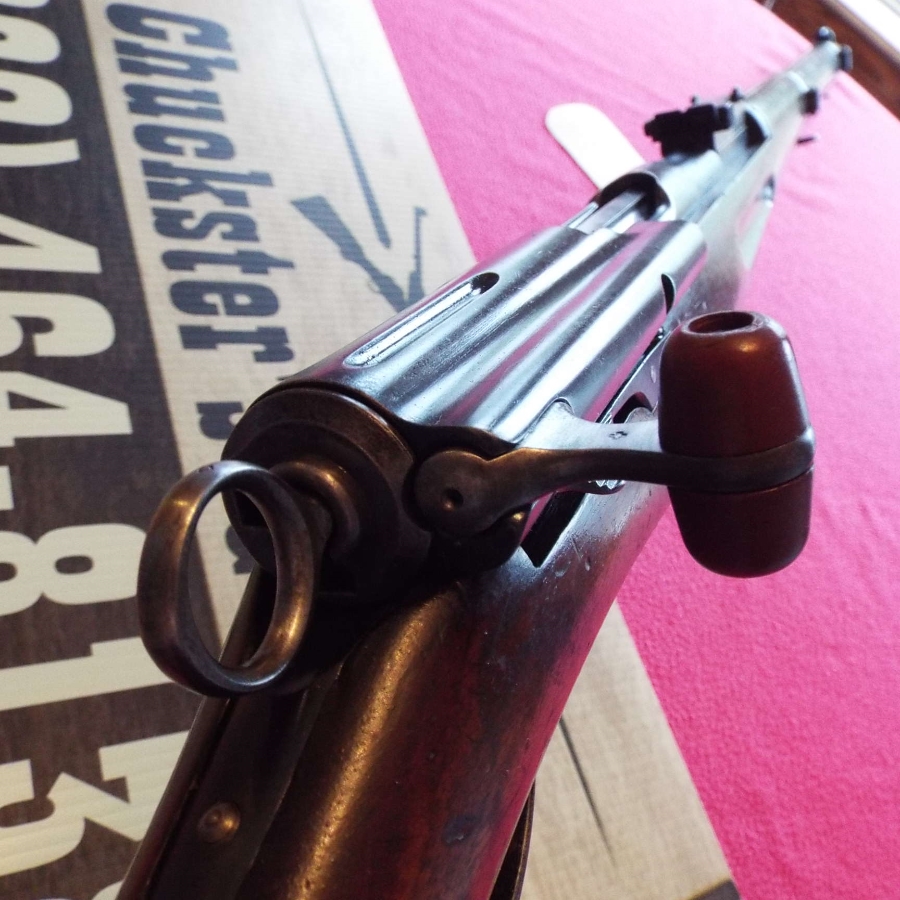
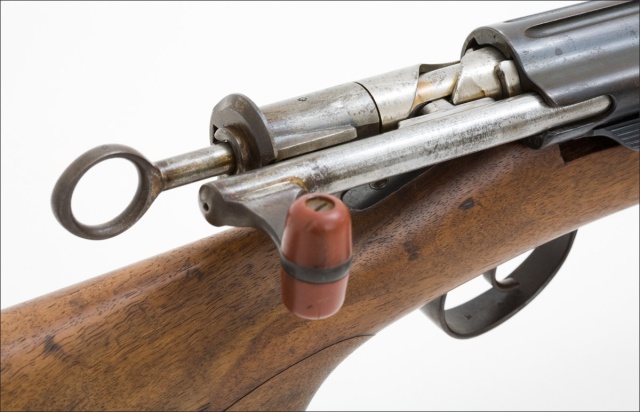
The action reminds of the Marines straight pull Lee Rifle in a way.
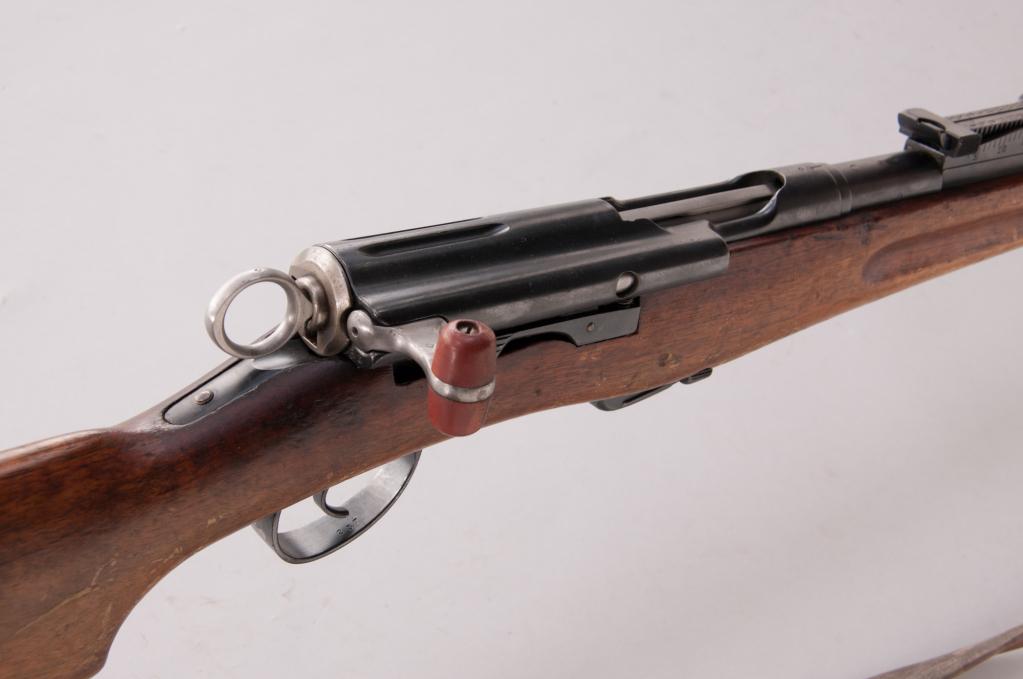
I found this article and thought it was worthy of passing on. Also over the years, I have found the Author to be spot on when it comes his advice on Guns & Ammo.
Enjoy!
Grumpy
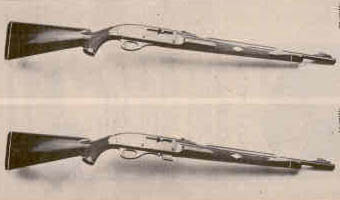

| Nylon 66 | |
|---|---|
| Type | Semi-automatic rifle |
| Place of origin | |
| Production history | |
| Designer | W.E. Leek, C.H. Morse, H.W. Young [1] |
| Produced | 1959-1989 [1] |
| No. built | 1,050,350 [1] |
| Variants | see variants |
| Specifications | |
| Weight | 4 lb (1.8 kg) |
| Length | 38.5 in (98 cm) |
|
|
|
| Cartridge | .22 LR |
| Barrels | 19.5 in (50 cm) |
| Action | semi-automatic |
| Feed system | 14 round Tubular magazine |
The Remington Nylon 66 is a rifle manufactured by Remington Arms from 1959 to 1989. It was one of the earliest mass-produced rifles to feature a stock made from a material other than wood. Previously the 22-410 Stevens combination gun had been offered with a Tenite stock.[2] The firearms market generally lacked experience with synthetic stocks, making the Nylon 66 a risky gamble for Remington. The model name was taken from the polymer of the same name.
In the 1950s, Remington Arms was interested in designing a rifle that was cheaper to produce. After analysis, engineers determined that there were savings to be found in the production of the receivers and stocks of rifles. Thus Remington asked chemical engineers at DuPont to come up with a plastic that could replace both the wooden stock and the receiver. The specs given to DuPont called for a material that could be formed into any shape desired but that also had a high tensile-impact and flexural strength.[2]
After some research, DuPont came back to Remington with a compound they called Nylon Zytel-101. Zytel is DuPont’s brand name for Nylon. This compound was ultimately used to produce the stock and receiver.[2] After the Nylon 66 proved to be successful, Remington also marketed a series of bolt action and lever action rifles using Nylon stocks.
The largely synthetic construction meant that the Nylon 66 could operate without any added lubricants. This made it popular in arctic regions, and indeed there have been many reports of indigenous peoples killing large animals, such as moose, with a .22 LR fired from a Nylon 66.[3] Some have speculated that the light weight of the gun could potentially cause substandard accuracy in the field, but this does not seem to be a complaint from Nylon 66 shooters.[4]
The Nylon 66 was fitted with leaf sights as well as a grooved receiver that could accommodate a mount for a telescopic sight. It was available in several colors, such as “Mohawk Brown”, “Apache Black,” and “Seneca Green”.
The 77 Apache version has a bright green stock and was sold by K-Mart. The Seneca Green is a dull colored green and, in some lighting conditions, Seneca Green is difficult to distinguish from the more common brown. This version was also made with a detachable 10 round magazine which; in contrast to the standard version; was often unreliable. A copy of the tube magazine model was also made by FIE of Brazil, but many of these had quality control issues. The standard U.S. made tube magazine model could reliably cycle hundreds of rounds without cleaning, provided high velocity ammunition was used.
Below are some production numbers to assist with the rarity of each model:
| Model | Number produced |
|---|---|
| Nylon 66 Gallery Special | Unknown |
| Nylon 66 150th Anniversary | 3,792 |
| Nylon 66 Bicentennial | 10,268 |
| Nylon 77 | 15,000 |
| Nylon 66 Seneca Green | 42,500 |
| Apache 77 aka Kmart Nylon | 54,000 |
| Nylon 66 Black Diamond | 56,000 |
| Nylon 10C | 128,000 |
| Nylon 66 Apache Black | 221,000 |
| Nylon 66 Mohawk Brown | 716,492 |
Nylon 66MB – Mohawk Brown, 1959-1987 (Brown stock, blue steel receiver/barrel)
Nylon 66GS – Gallery Special 1962-1981 (22 short only, Brown stock, blue steel receiver/barrel) Shell deflector. Counter cable attachment on bottom of stock. A few were known to have been Apache Black.
Nylon 66SG – Seneca Green, 1959-1962 (dark green stock, blue steel receiver/barrel) 42,500 made
Nylon 66AB – Apache Black, 1962-1984 (Black stock, chrome receiver & barrel) 221,000 made.
Nylon 66BD – Black Diamond 1978-1987 (Black stock, blue 19012-473710. These 1967-68 serial numbers were located on the bottom of the barrel about 3″ back from the muzzle.

